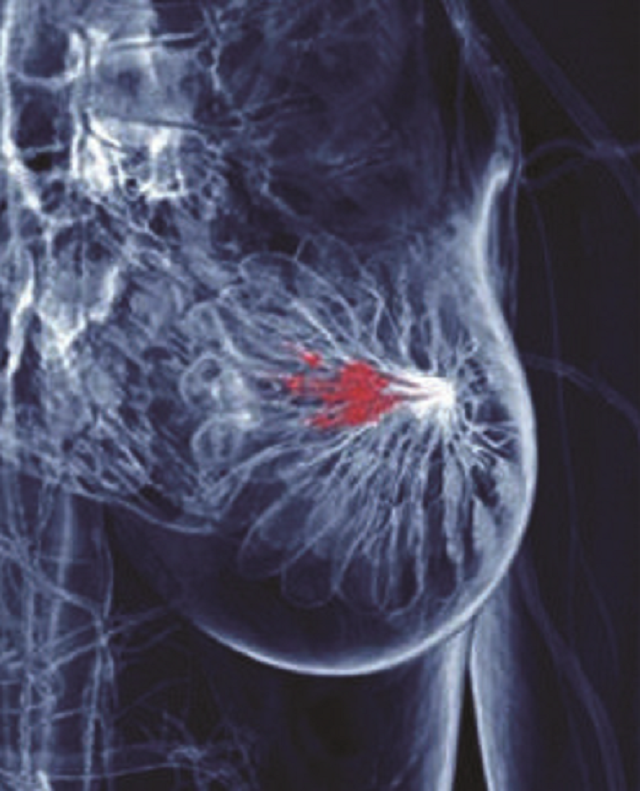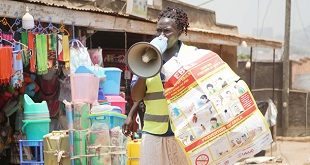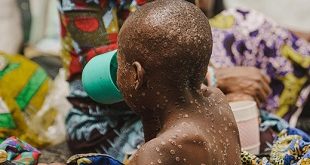
Rwanda’s Ministry of Health through Rwanda Biomedical Center (RBC) in partnership with Society for Family Health (SFH) are asking Rwanda women to step forward and test for breast cancer, writes Susan Babijja.
Statistics indicate that cases of cancer are increasing being registered at Kigali University Teaching Hospital (CHUK). So far 1,768 cases have been registered. More cases have also been reported at Centre Hospital University Butare (CHUB) which has recorded 1,645 cases, while King Faisal Hospital received 1,096 patients.
Partly in reaction to the disturbing statistics from different referral hospitals which show a hike in number of breast cancer patients, the disease is now being viewed as a serious killer. This has led the two institutions have come up with a free breast cancer screening among 500 women in Kigali as the pilot project.
The women will be offered free breast cancer screening with support from Access Bank Rwanda.
According to the statistics from Rwanda Biomedical Centre report on cancer 2007-2013 epidemiology indicates that 4,615 people were infected with different types of cancers, the most common ones being breast cancer, constituting 15.8 per cent.
Cervix uteri cancer stood at 15.6 per cent, while stomach cancer was 9.1 per cent and uterus 5.5 per cent. According to the report, stomach cancer was the most prevalent among men, standing at 11.7 per cent, followed by prostate, at 9.4 per cent.
The head of cancer Unit at RBC Dr Francois Uwinkindi, says early breast cancer detection is always the best solution and improves chances of curing breast cancer among women. He says although hospital screening is best, women should learn to test themselves at home.
“The challenge we have, women always go for breast cancer screening after having strong signs that appear at worse stage when it cannot be operated or cured,” he says.
Local statistics show that 57 per cent of breast cancer victims show up for screening when the ailment is in the 3rd stage (second last stage), reducing chances of survival, while 80 per cent are treated and cured in developed countries, she said, only 40 per cent are treated and cured in poor countries.
According to Uwinkindi, statistics gathered from hospitals like Kanombe, CHUCK and Butaro Cancer Centre in Burera District has recorded 1,346 women with breast cancer cases from 2012 up to 2016.
The Executive Director of SFH Rwanda, Manasseh Gihana Wandera, called on government and other private sector and civil society the private sector and civil society to partner and create more awareness in breast cancer.
Breast cancer is the commonest cancer among women in Rwanda followed by cervical and stomach cancer, according to statistics from the Ministry of Health. The disease occurs almost entirely in women, but men can get it too.
Symptoms of breast cancer varies from swelling of all or part of a breast (even if no distinct lump is felt), Skin irritation or dimpling, Breast or nipple pain, Nipple retraction (turning inward), Redness, scariness, or thickening of the nipple or breast skin, nipple discharge other than breast milk.
The 5-step breast self-exam
Step 1: Begin by looking at your breasts in the mirror with your shoulders straight and your arms on your hips.
Here’s what you should look for:
Breasts that are their usual size, shape, and color
Breasts that are evenly shaped without visible distortion or swelling
If you see any of the following changes, bring them to your doctor’s attention:
Dimpling, puckering, or bulging of the skin
A nipple that has changed position or an inverted nipple (pushed inward instead of sticking out)
Redness, soreness, rash, or swelling
Step 2: Now, raise your arms and look for the same changes.
Step 3: While you’re at the mirror, look for any signs of fluid coming out of one or both nipples (this could be a watery, milky, or yellow fluid or blood).
Step 4: Next, feel your breasts while lying down, using your right hand to feel your left breast and then your left hand to feel your right breast. Use a firm, smooth touch with the first few finger pads of your hand, keeping the fingers flat and together. Use a circular motion, about the size of a quarter.
Cover the entire breast from top to bottom, side to side — from your collarbone to the top of your abdomen, and from your armpit to your cleavage.
Follow a pattern to be sure that you cover the whole breast. You can begin at the nipple, moving in larger and larger circles until you reach the outer edge of the breast. You can also move your fingers up and down vertically, in rows, as if you were mowing a lawn. This up-and-down approach seems to work best for most women. Be sure to feel all the tissue from the front to the back of your breasts: for the skin and tissue just beneath, use light pressure; use medium pressure for tissue in the middle of your breasts; use firm pressure for the deep tissue in the back. When you’ve reached the deep tissue, you should be able to feel down to your ribcage.
Step 5: Finally, feel your breasts while you are standing or sitting. Many women find that the easiest way to feel their breasts is when their skin is wet and slippery, so they like to do this step in the shower. Cover your entire breast, using the same hand movements described in step 4.
****
editor@independent.co.ug
 The Independent Uganda: You get the Truth we Pay the Price
The Independent Uganda: You get the Truth we Pay the Price



